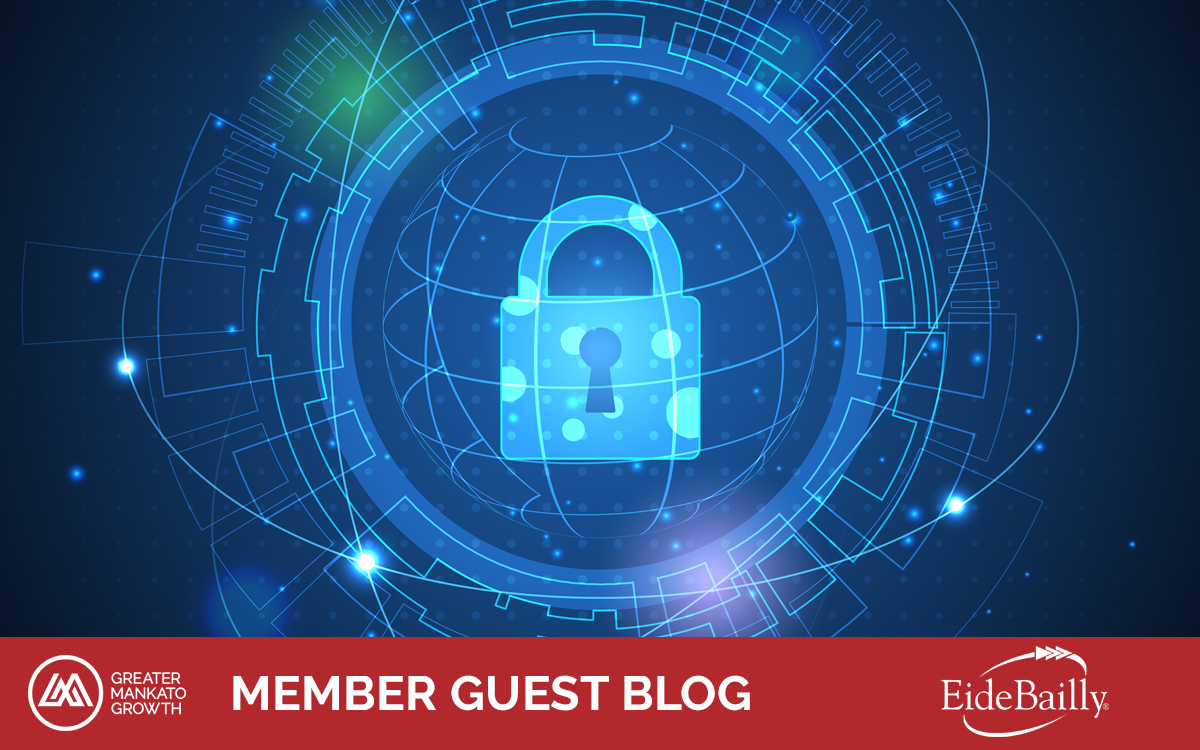04 Oct Why Top Performing Organizations Are Creating a Culture of Security
Blog written by Eide Bailly, a Greater Mankato Growth Bronze Investor
In today’s business environment, understanding your current security risks just makes sense. After all, studies have found that U.S. organizations face the highest costs when a data breach occurs, topping out at at $8.64 million per breach.
A proactive stance on cybersecurity risk can equate to major savings for organizations. A collaborative approach between security and networking has been shown to significantly lower the cost of a breach. In fact, organizations who formed incident response teams and tested their incident response plans were able to reduce the cost of a data breach by almost 40%.











